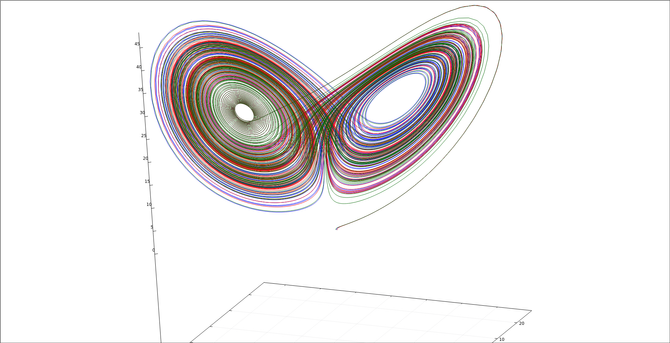@KatyElphinstone
It's probably convenient (opportunistic?) to describe this in terms of training for logic, which we could loosely define as 'consistent understanding' (people agreeing on #meaning).
Sometimes the new #chatbots say things that we see as logical (therefore intelligent), other times they are 180 deg wrong. Why?
#BodyLanguage is a bit more murky than words, but they still share most of the same problems of #communication. Polysemic meanings (homonyms) have both local & regional sources (limiting this to 1 language) of definitions, and this is compounded as we go from general to specific.
For example, the word dog is likely to be the same in any region of the same language, and communicating this basic idea should be fairly straightforward. However, if we wish to include many details about the dog, including behavior or personality, the number of words required to communicate this accurately rises exponentially.
The way we manage such large chunks of #information is through relying on experiencing consistency between intended and perceived meanings. This is how we learn; this is how all things "learn". It requires iteration, flexibility, patience, and #ErrorCorrecting feedback loops.
This is where we see critical differences regarding body language. There is no dictionary of body language meanings, and we rarely have opportunity for broad-based input on the iteration side, nor on the error correcting side. (Yes, I know that there are academic studies of body language "definitions" used by several professions, but these are mainly for controlled environments, well beyond formative years.)
All this boils down to all of us having different #InitialConditions from which we base our instinctive understanding of meaning. Over time, a mistaken word definition would be uncovered with use, as there are many opportunities to be corrected. Body language not only does not have a dictionary, it does not have grammar rules or other mechanisms for consensus to be reached. Body language is not all subconscious either, much of it is learned and intentionally enacted in order to communicate better.
There's also the key difference that when we write or speak, we do so with singular focus (end result, not creation). If we get distracted mid-sentence, most people lose their place in their train of thought.
With body language the 'extra content' can be totally unrelated to what the person is saying-- again, sometimes intentional, other times subconscious. When this kind of disconnect is going on, we have to resort to trying to pull information from other places, and that is not always available.
So IMO, saying you're not good at body language is like saying you're not good at flipping coins because it took many flips before you arrived at 50%, and the person next to you did it in 2 flips. Our experience of #statistical variation is beyond our control.
The world is full of #FalsePositives, where people are walking around viewing the world in binary terms because life flipped 1 head and then 1 tail for them, and they think that's the only way to get to 50% (that's a good alternative description of #neurotypical!).
TL/DR: If you think you're not good at interpreting BL, it's probably because you were dealt a lot of #variation early on. If you put in some time to observe & reflect on it, you will end up with a higher than average ability after just a few corrections!
Gleanings from the #Information_Paradigm.. 🤓
